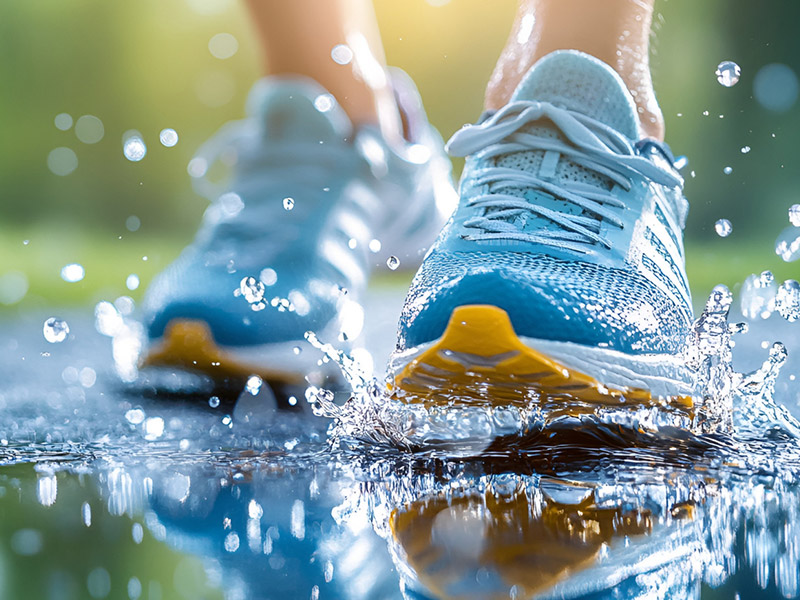Rubber injection molding technology process:
The rubber injection molding technology includes steps such as preheating softening, injection molding, pressure holding, curing, stripping and trimming. First of all, the mixed rubber raw materials are sent into the heating cylinder through the feeding device for heating softening, and the softened rubber raw materials are injected into the closed mold through the nozzle under the push of the plunger or the screw. The mold is heated at a set temperature, so that the rubber raw material is solidified in the mold.
In the injection molding process, because the rubber raw material has been in a hot flow state before filling the cavity, the temperature of its parts is more uniform than that of the pressing molding. Rubber products can be cured quickly in the high-temperature mold, and the temperature difference between the surface and the inside of the product is small, making the vulcanization quality more uniform. Injection molded rubber products are known for their excellent quality, high precision and high production efficiency.

Injection molding technical parameters:
Injection molding technical parameters mainly include heating cylinder temperature, injection molding temperature (rubber raw material through the nozzle after the temperature), injection pressure, mold temperature and molding cycle.
(1) Heating cylinder temperature Rubber raw materials in the heating cylinder heating softening, appropriate increase in the temperature of the heating cylinder can reduce the viscosity of rubber raw materials, increase fluidity, is conducive to forming.
The temperature of the heating cylinder of the general plunger injection molding machine is controlled at 70 ~ 80℃; Because the rubber temperature is more uniform, the heating cylinder temperature is controlled at 80 ~ 100 ° C, and some models can reach 115 ° C.
(2) The injection molding temperature should be controlled within the temperature range that does not cause pre-curing, as close as possible to the mold temperature.
(3) injection pressure refers to the pressure exerted by the screw or plunger on the rubber raw material during the injection molding process. High injection pressure is conducive to the rubber raw material filling the mold, while improving the speed of the rubber raw material passing through the nozzle, increasing the heat generated by shear friction, which is conducive to filling the mold and accelerating the curing. When using a screw injection molding machine, the injection pressure is generally 80 ~ 110MPa.
(4) Mold temperature In injection molding, because the rubber raw material has a higher temperature before filling the cavity, and can be quickly cured, the mold temperature is higher than that of pressing molding, generally 30 to 50 ° C higher. When injection molding natural rubber, the mold temperature is 170 ~ 190℃.
(5) The molding cycle refers to the time required to complete a molding process, including action time and curing time, of which curing time accounts for a large proportion, so shortening the curing time is the key to improve the efficiency of injection molding. The curing time is related to injection molding temperature, mold temperature and product wall thickness. Table 5-12 shows the comparison of injection molding time and press molding time of natural rubber. It can be seen from the table that the injection molding time is much less than the press molding time.